Who Builds the Brains of Your Devices? The Largest Microchip Companies in the World

Share Post:
LinkedIn
Twitter
Facebook
Reddit
Pinterest
Although they are generally the size of a grain of sand. These microchips are remarkably tiny silicon marvels in their contribution to modern technology. Microchips are the quiet, beating heart of all we know and love about modern technology. Starting from the phone you hold, to the AI that is changing our future. Because of the relentless pursuit of smaller, faster, and stronger chips. It has created one of the largest and most strategic industries in the world. We call it the semiconductor industry today.
But in this intensely competitive world. Who really stands on top of the mountain? Is it the legacy brands, operating since before the internet? Or are they new giants whose advantage is used for the AI boom? The largest microchip companies in the world are one of those well-guarded secrets. They tell you who is controlling the world for the future. Keep reading to find out who the leaders are. And who rules this critical industry?
Understanding the Microchip Industry:
The microchip industry is an important section of the semiconductor industry. It is experiencing rapid growth. Fueled by increasing demand from generative AI. They also need data centers, automotive, and advanced technology industries for growth. Microchips, also known as integrated circuits. They are small silicon-based devices. They have complex electronic circuits. They are the power source for essentially all of modern electronics. Including smartphones, computers, automobiles, and medical devices.
Rapid innovation in the industry and investment in advanced manufacturing techniques. Both in developing dedicated AI chips and custom processors. They are estimated to have sales reach $700 billion by 2025 and exceed $1 trillion by 2030. Fuels for this growth include technological developments. With the increase in digitalization. And the growing number of high-performance computing applications across the world.
Criteria for Ranking the Largest Microchip Companies in the World:
The ranking of the world’s largest microchip companies. It is determined by a blend of financial power and market perception. Along with indispensable technological control:
1. Revenue and Annual Sales:
This is the most direct measure of a company’s current market dominance and scale. High revenue indicates a massive volume of successful products. With a strong financial position, which provides capital for future R&D.
2. Market Capitalization:
This represents the total value of the company’s outstanding stock shares. It is the market’s forward-looking assessment of the company’s future value. With their growth potential and strategic relevance. A high market cap signals investor confidence in the company’s long-term leadership.
3. Influence in Innovation (AI, Quantum, EVs):
This measures the company’s technological leadership in emerging, high-growth sectors. Companies that create specialized chips for Artificial Intelligence (AI). Along with Electric Vehicles (EVs) and Quantum Computing. They are essentially dictating the pace and direction of the next technological revolution.
4. Global Supply Chain Dominance:
This reflects a company’s strategic importance. And they control over a critical stage of the semiconductor process. For example, design, manufacturing/foundry, or equipment. Companies with this dominance. They are often single points of failure for the entire global tech industry. This gives them an immense geopolitical and economic advantage.
Top 15 Largest Microchip Companies in the World 2025:
| Company | Market Cap | Revenue | Founded | Headquarters |
| NVIDIA Corporation (NVDA) | $4.5 trillion | $165.22B | 1993 | Santa Clara, California, USA |
| Taiwan Semiconductor Manufacturing Co. (TSMC) | $963 billion | $70.2B | 1987 | Hsinchu, Taiwan |
| Broadcom Inc. (AVGO) | $358 billion | $35.45B | 1961 | San Jose, California, USA |
| Samsung Electronics | $359 billion | $204.09B | 1938 | Suwon, South Korea |
| ASML Holding N.V. (ASML) | $242 billion | $27.29B | 1984 | Veldhoven, Netherlands |
| Advanced Micro Devices (AMD) | $174 billion | $23.5B | 1969 | Santa Clara, California, USA |
| Qualcomm Incorporated (QCOM) | $125.7 billion | $44.2B | 1985 | San Diego, California, USA |
| Micron Technology, Inc. (MU) | $77.6 billion | $30.8B | 1978 | Boise, Idaho, USA |
| SK Hynix | $70–80 billion | $36B | 1983 | Icheon, South Korea |
| Intel Corporation (INTC) | $162 billion | $63.05B | 1968 | Santa Clara, California, USA |
| Applied Materials, Inc. (AMAT) | $121 billion | $25.79B | 1967 | Santa Clara, California, USA |
| Texas Instruments (TI) (TXN) | $149 billion | $20.03B | 1930 | Dallas, Texas, USA |
| Lam Research Corporation (LRCX) | $87 billion | $17.23B | 1980 | Fremont, California, USA |
| Arm Holdings plc (ARM) | $60–65 billion | $2.5B | 1990 | Cambridge, United Kingdom |
| KLA Corporation (KLAC) | $60 billion | $8.7B | 1976 | Milpitas, California, USA |
1. NVIDIA Corporation (NVDA)
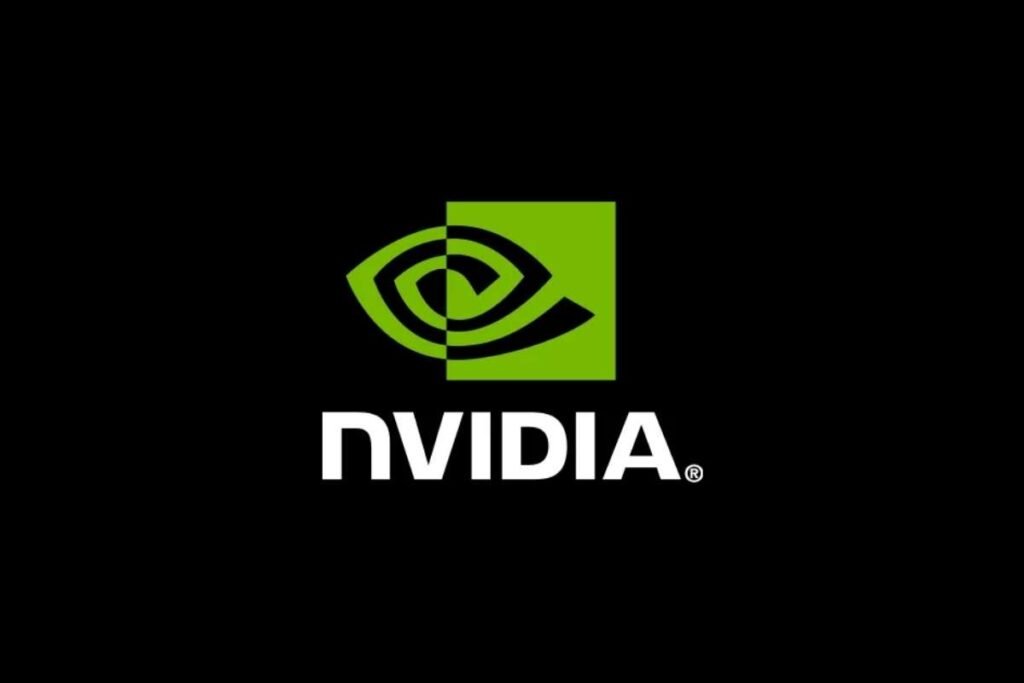
- Market Cap: approx. $4.5 trillion
- Revenue: $165.22 billion (2025)
- Founded: 1993
- Headquarters: Santa Clara, California, USA
NVIDIA leads the GPU market with high-performance graphics and AI accelerators. They have consistently ranked among the Largest Microchip companies in the world. It powers cutting-edge applications from gaming to autonomous systems.
2. Taiwan Semiconductor Manufacturing Co. (TSMC)

- Market Cap: approx. $963 billion
- Revenue: $70.2 billion (2024)
- Founded: 1987
- Headquarters: Hsinchu, Taiwan
TSMC is the world’s leading dedicated semiconductor foundry. They are fabricating chips for major designers globally. And solidifying its place among the Largest Microchip companies in the world.
3. Broadcom Inc. (AVGO)

- Market Cap: approx. $358 billion
- Revenue: $35.45 billion (2023)
- Founded: 1961 (as a company evolving through mergers)
- Headquarters: San Jose, California, USA
Global leader in semiconductor and infrastructure software solutions. Especially across wireless communications, enterprise storage, and networking.
4. Samsung Electronics
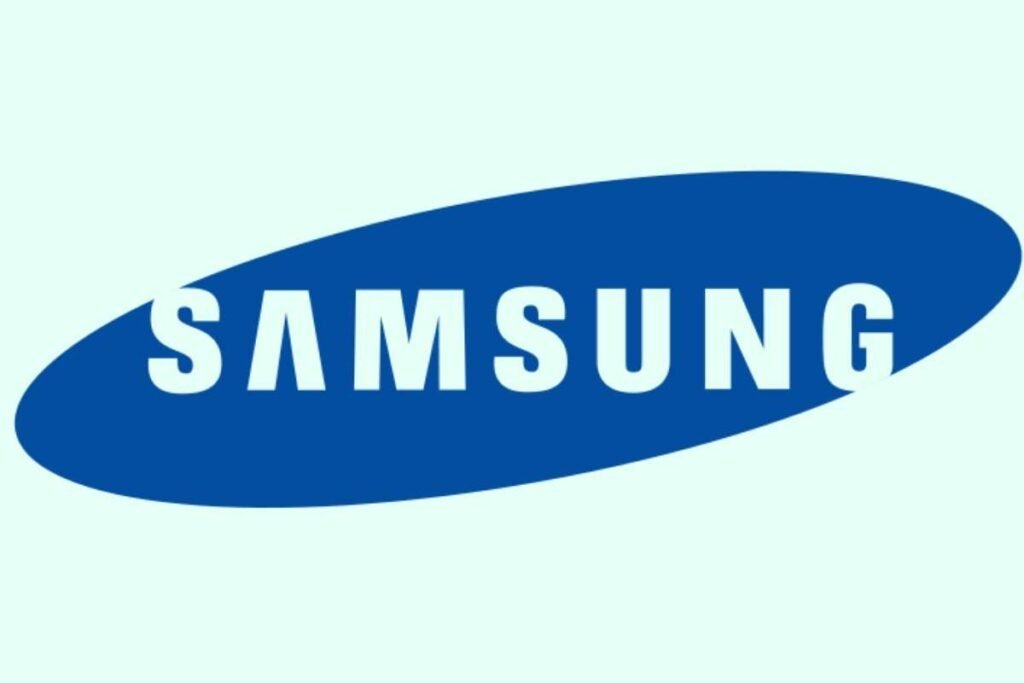
- Market Cap: approx. $359 billion
- Revenue: $204.09 billion (2023)
- Founded: 1938
- Headquarters: Suwon, South Korea
Samsung combines memory, logic, and foundry operations at a vast scale. And its semiconductor division positions. This is squarely in the list of the Largest Microchip companies.
5. ASML Holding N.V. (ASML)

- Market Cap: approx. $242 billion
- Revenue: $27.29 billion (2023)
- Founded: 1984
- Headquarters: Veldhoven, Netherlands
ASML is the leading supplier of photolithography machines. These are critical for semiconductor fabrication, pioneering EUV lithography technology.
6. Advanced Micro Devices (AMD)

- Market Cap: approx. $174 billion
- Revenue: $23.5 billion (2022)
- Founded: 1969
- Headquarters: Santa Clara, California, USA
AMD is a competitive semiconductor company specializing in CPUs, GPUs, and server processors. Challenging Intel and Nvidia.
7. Qualcomm Incorporated (QCOM)
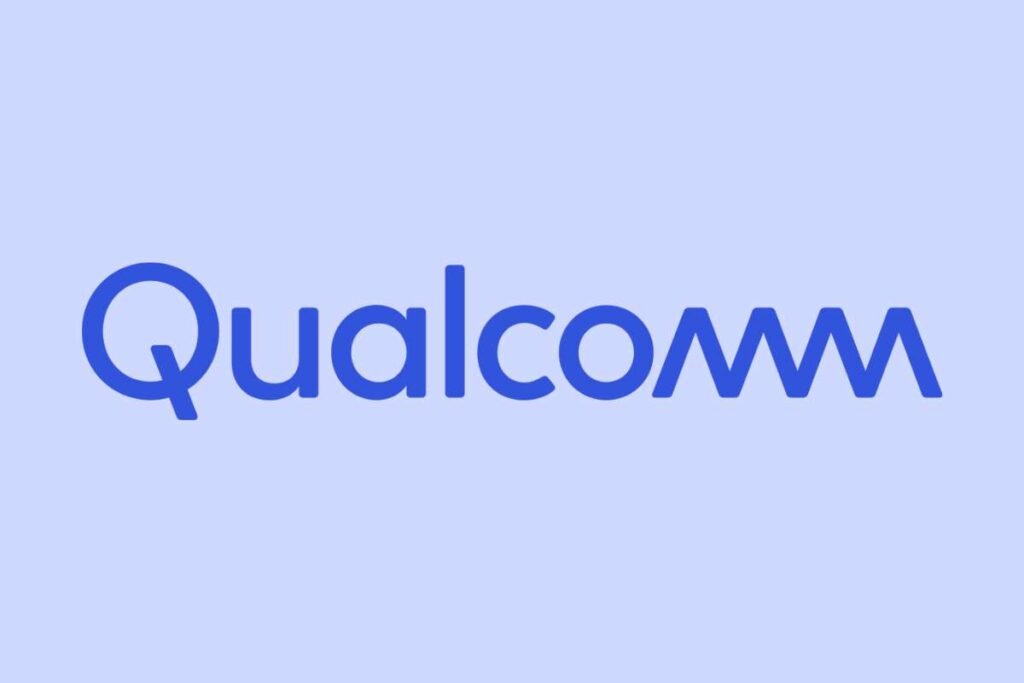
- Market Cap: approx. $125.7 billion
- Revenue: $44.2 billion (2022)
- Founded: 1985
- Headquarters: San Diego, California, USA
Qualcomm is a leader in mobile SoCs, wireless modems, and connectivity IP. Anchoring itself in the group of the Largest Microchip companies in the world.
8. Micron Technology, Inc. (MU)
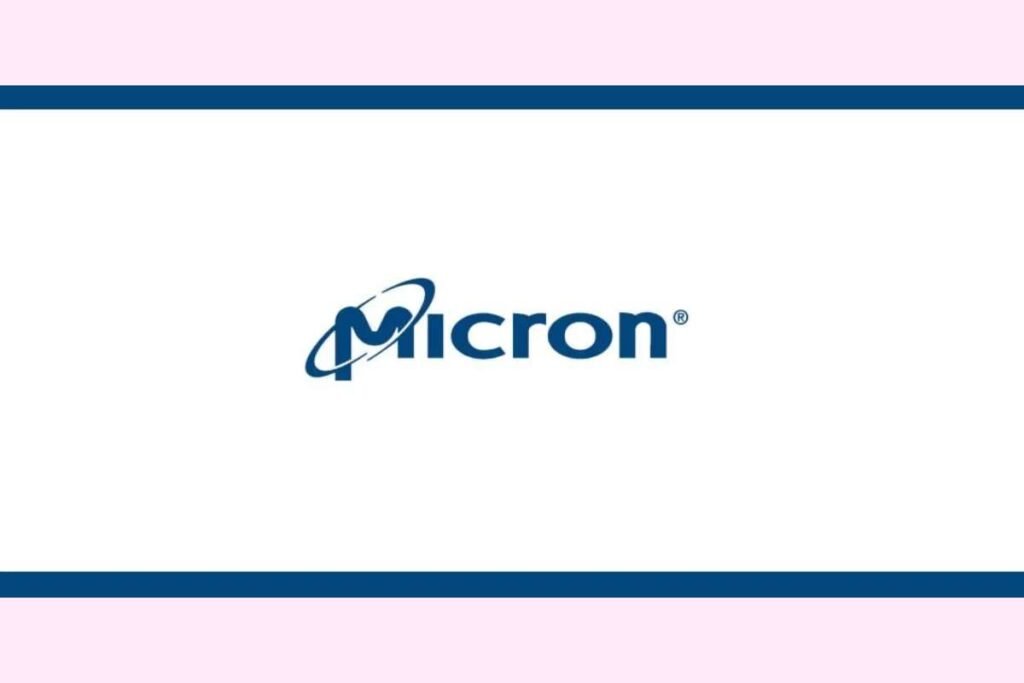
- Market Cap: approx. $77.6 billion
- Revenue: $30.8 billion (2022)
- Founded: 1978
- Headquarters: Boise, Idaho, USA
Micron is a major manufacturer of memory and storage solutions. Including DRAM and NAND flash memory chips.
9. SK Hynix

- Market Cap: Estimated around $70-$80 billion (latest reliable data)
- Revenue: Approx. $36 billion (2023 estimate)
- Founded: 1983
- Headquarters: Icheon, South Korea
SK Hynix excels in leading global supplier of DRAM and NAND. The flash memory semiconductor products.
10. Intel Corporation (INTC)
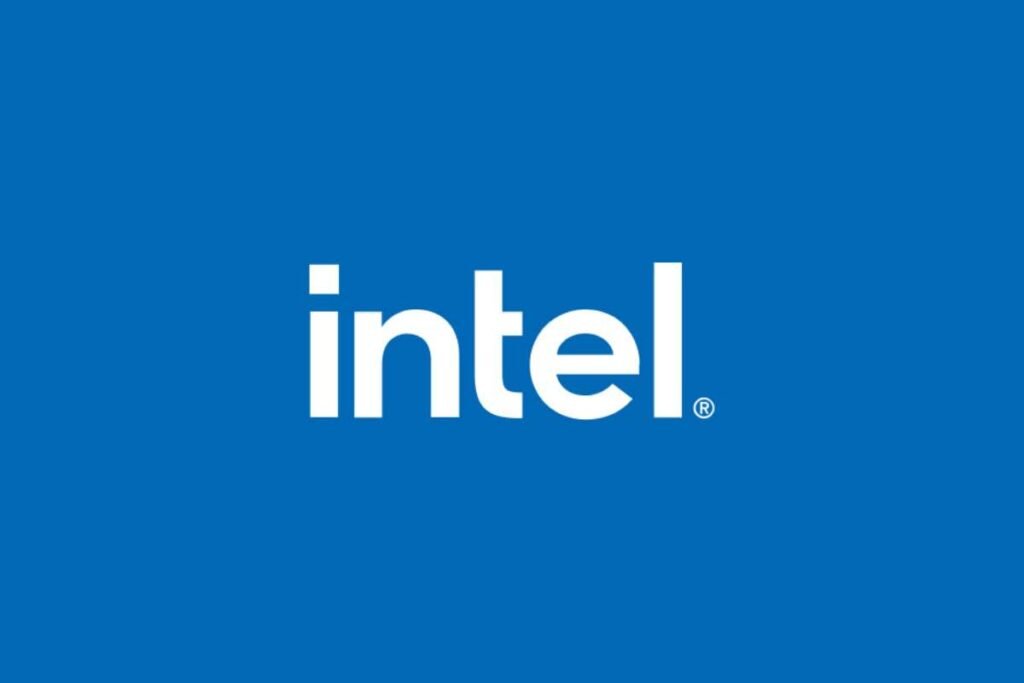
- Market Cap: approx. $162 billion
- Revenue: $63.05 billion (2022)
- Founded: 1968
- Headquarters: Santa Clara, California, USA
One of the oldest and largest semiconductor companies. It specializes in microprocessors, memory, and integrated digital technology.
11. Applied Materials, Inc. (AMAT)

- Market Cap: approx. $121 billion
- Revenue: $25.79 billion (2022)
- Founded: 1967
- Headquarters: Santa Clara, California, USA
Applied Materials supplies crucial manufacturing equipment and process technologies. Servicing many of the Largest Microchip companies in the world.
12. Texas Instruments (TI) (TXN)

- Market Cap: approx. $149 billion
- Revenue: $20.03 billion (2022)
- Founded: 1930 (as Geophysical Service Inc.)
- Headquarters: Dallas, Texas, USA
Texas Instruments designs and manufactures semiconductors. And various integrated circuits, powering analog and embedded processing markets.
13. Lam Research Corporation (LRCX)
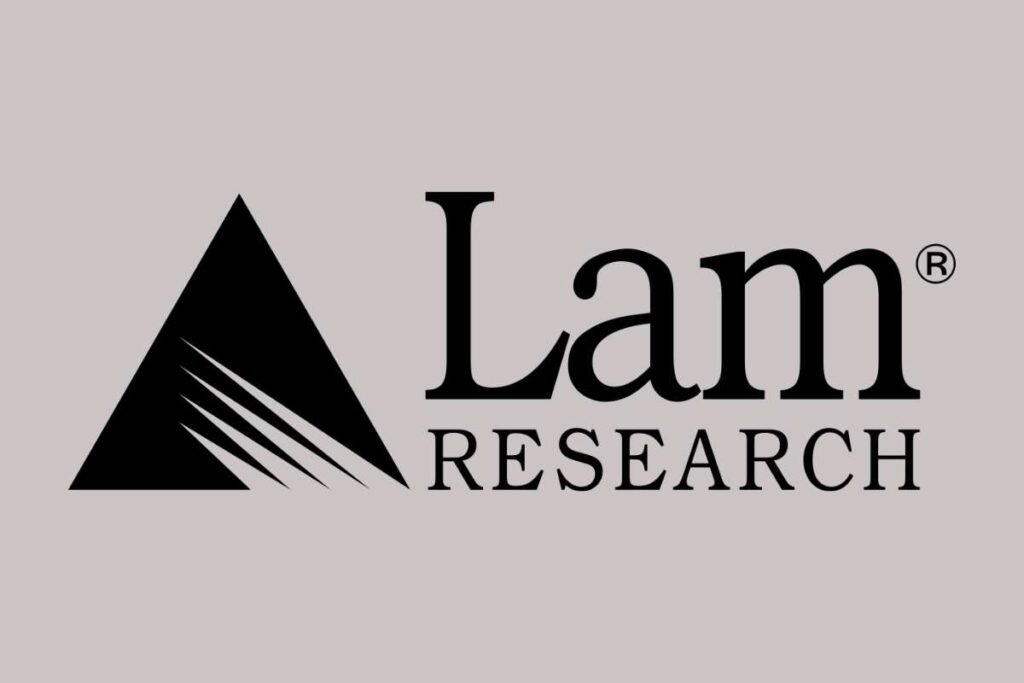
- Market Cap: approx. $87 billion
- Revenue: $17.23 billion (2023)
- Founded: 1980
- Headquarters: Fremont, California, USA
Lam Research is a provider of wafer fabrication equipment and services. Mainly for the semiconductor industry, essential for the chip manufacturing process control.
14. Arm Holdings plc (ARM)

- Market Cap: Approx. $60-65 billion (public listing in 2023)
- Revenue: Estimated at around $2.5 billion (2023)
- Founded: 1990
- Headquarters: Cambridge, United Kingdom
ARM designs energy-efficient CPU architectures licensed by countless chipmakers. Giving it influence across many of the Largest Microchip companies in the world.
15. KLA Corporation (KLAC)

- Market Cap: approx. $60 billion
- Revenue: $8.7 billion (2023)
- Founded: 1976
- Headquarters: Milpitas, California, USA
KLA specializes in process control and yield management solutions. Useful for the semiconductor manufacturing process, critical to ensure chip quality and reliability.
Challenges Facing the Largest Microchip Companies in the World:
Some challenges require semiconductor companies to invest in innovation. And diversify supply chains, collaborate with governments. Along with developing sustainable manufacturing practices to sustain growth and competitiveness.
- Supply Chain Disruptions: Shortages of critical raw materials. That can include neon gas, tantalum, and silicon. It is compounded by logistical delays and port congestion. Creating production bottlenecks.
- Geopolitical Tensions: US-China trade restrictions and export controls limit access. To advanced semiconductor technologies and complicated global supply chains.
- Technological Limits: Slowing progress due to physical miniaturization. It constrains further chip advancements and raises costs.
- Talent Shortage: A global skills gap with intense competition for semiconductor talent. It impacts innovation and production capacity.
- Sustainability Demands: High energy and water usage by fabs. It pushes companies toward renewable energy adoption. And carbon footprint reduction.
- Supply Chain Fragmentation: Moves toward reshoring and localization. It increases costs. But aim to reduce foreign dependency risks.
- Regulatory Compliance: Increasingly complex environmental and trade regulations. This requires continuous adaptation and investment.
Future Trends Shaping the Microchip Industry:
“The Xbox is how the computer will be built in the next 20 years. More semiconductor capacity will go to the user experience.” – Jensen Huang, President and CEO of NVIDIA.
- AI and Machine Learning Integration: Increasing demand for AI-specific chips. With customized ASICs and domain-specific GPUs. They are tailored for complex AI workloads. This drives the shift from general-purpose chips to specialized accelerators.
- Automotive Semiconductor Growth: Expansion driven by electric vehicles (EVs). Along with autonomous driving systems, and vehicle-to-everything (V2X). The communications require a high-performance, low-latency chip.
- Sustainability Initiatives: Emphasis on eco-friendly manufacturing processes. With energy efficiency and the reduction of carbon footprint in chip production.
- Edge Computing: Rising need for specialized chips. They are designed for real-time data processing at the edge. This supports IoT and smart device ecosystems.
- Advanced Packaging Technologies: Innovations in 3D stacking, chiplets, and system-in-package (SiP). This approach helps to boost performance and efficiency as traditional scaling slows.
- Materials and Chip Design Advances: Exploration of new materials. Like graphene and III-V semiconductors. This helps to overcome the limits of silicon. And also improve chip capabilities.
- Supply Chain Resilience and Localization: Strategic reshoring and diversification of manufacturing footprints. This contributes to modifying geopolitical and supply chain risks.
- AI in Manufacturing: Use of AI-driven tools. Like digital twins to accelerate research and development. They improve yield and optimize supply chain management. Result in boosting efficiency and reducing costs.
Conclusion:
The extent to which the world leans on silicon is greater than ever. The contest for the Largest Microchip Companies in the world. It is a debatable contest for global domination. The rankings exhibit a complicated ecosystem of American design giants. Like NVIDIA, Broadcom is at the leading edge of innovation. With Asian manufacturing giants like TSMC, Samsung, and SK Hynix. They offer the physical capacity to produce even the most complex components.
In the end, the future is determined not simply by the ability to design the fastest chip. But to ensure dominance throughout a complex supply chain. This includes the lithography machine (ASML) to the memory module. To keep these tiny engineering wonders powering the AI-driven world of the future.
FAQ:
1. Why are microchip companies important to the global economy?
Microchip companies power nearly every modern technology. Starting from AI and smartphones to electric vehicles and cloud computing. Their innovations drive digital transformation. Making the biggest microchip companies vital for global progress and security.
2. How do microchip companies generate revenue?
Microchip companies generate revenue by designing, manufacturing, and licensing semiconductors. They are used in smartphones, computers, cars, data centers, and consumer electronics.
3. How do market cap and revenue determine the ranking of microchip companies?
Market cap reflects investor confidence and company valuation. Revenue measures actual sales performance. A company like NVIDIA ranks highest by market cap. But others, like Samsung Electronics, lead in annual revenue. This shows different aspects of microchip companies.

